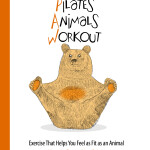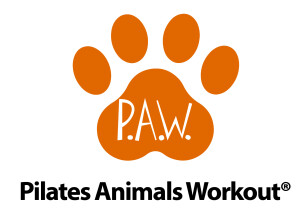Issue #328- Wednesday, March 10, 2021
The True Masters of Movement: Animals
by Christina Maria Gadar
I grew up in a household full of pets. At one point, we had a total of twenty cats (in addition to dogs, rabbits, chinchillas, guinea pigs, hamsters, gerbils, mice, gecko lizards, a rescued lab rat named Cleopatra, and a pot-bellied pig that ended up weighing nearly 300 pounds)! In addition to our pets, we always had some form of wildlife undergoing rehabilitation in one of our bathrooms. I’ll never forget the day I found a wild goose in our bathtub! Growing up with so many animals gave me an appreciation for their sincerity and intelligence as well as their intuitiveness about their bodies.
I have always found it easy to relate to people who have an admiration for animals. As a young dancer, I watched an interview with the famous ballet choreographer George Balanchine, who said that his cat inspired him to create some of the movements in his ballets. I thought it was quite natural that animal movement had inspired him to create movements for the human body. Like George Balanchine, Joseph Pilates enjoyed analyzing the ways in which animals move. And like Balanchine, he was especially fond of observing cats. In an interview for Pageant, Joe reminisced,
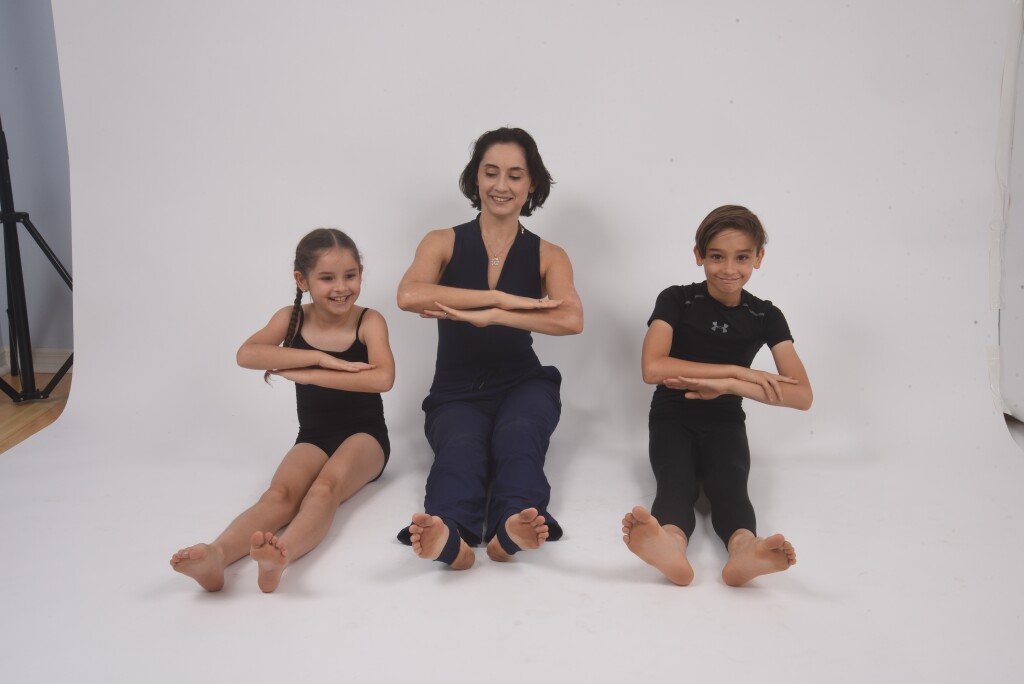
When I was eight years old I didn’t play like other children. My fun was in watching people and studying them. I began studying animals, too, those in the zoo as well as those in the wilderness. I soon discovered that animals had a wonderful system of keeping fit. You never see a big cat out of shape. With just a little daily stretching and balancing on the rocks and benches in its cage, a lion or a tiger keeps itself in condition.
In an interview for Sports Illustrated, Joe described how the principles for his method became clear to him during World War I, when he was interned in an abandoned hospital on the Isle of Man. Joe observed a strong contrast between the cats in the internment camp and his fellow prisoners, both of which were starving from less than adequate meals. Joe asked, “Why were the cats in such good shape, so bright-eyed, while the humans were growing every day paler, weaker…?”. With not much else to do, Joe observed the cats for hours on end and discovered that they were constantly stretching their muscles. He concluded that it was the constant limbering of their muscles that kept the cats in better shape than his fellow prisoners. Joe started to teach his fellow prisoners exercises that were based on these newfound principles. He took pride in the fact that all of the men from his camp who exercised by his principles did not die in the 1918 Influenza pandemic. (I’m not sure if this is absolutely true, but it is especially interesting given the current situation in the world.)
Today we have Pilates exercises named after seals, crabs, snakes, swans, monkeys, squirrels, butterflies, bats, eagles, frogs, elephants, scorpions, grasshoppers, fish, and even spiders climbing walls, to remind us that moving like an animal is beneficial to our health. With modern day living becoming more and more sedentary, teaching children animal-like movement can be of tremendous value. It is also worth noting that whether they have pets or not, most children can relate to animals, which is probably the reason that most of the characters in children’s fables are animals.
I created the Pilates Animals Workout®, or P.A.W. for short, because I wanted to create a Pilates workout for children that would leave them feeling as fit as animals. The P.A.W. routine is my effort to present Joe and Romana’s original work in a creative way that captures the interest of children. I do not believe in attaching the name “Pilates” to exercises that Joe and his protégés did not create. And I do not believe that the Pilates Method needs to be diluted for children. While many of the exercises from the Pilates Animals Workout have been given different names, they all come from the classical Pilates syllabus used today and from archival footage of Joe’s standing Pilates routine.
The Pilates Animals Workout is not meant to substitute for the traditional Pilates routines. In the weekly conditioning class I taught for my son’s basketball team, I rotated the Pilates Animals Workout, the traditional Pilates Matwork, Standing Pilates, and Wall Pilates. It was a great addition to their repertoire. The Pilates Animals Workout encourages young children to use their imagination and have fun as they do Pilates moves, and it is an excellent workout for the whole body.
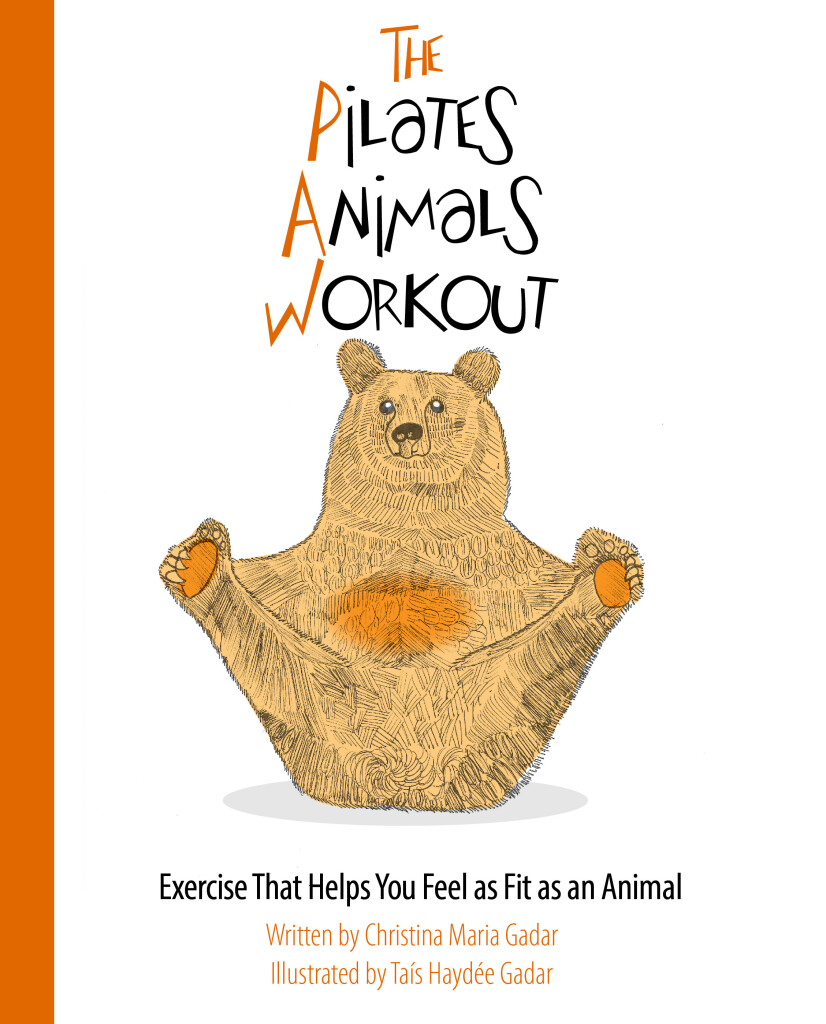
FEATURED P.A.W. EXERCISE: THE PENGUIN WADDLE
Your student sits as tall as she can with her legs stretched out in front of her. Her knees can bend slightly to help her sit tall if she has tight hamstrings. As she lifts her powerhouse, she lifts her arms and takes the “genie” position with her forearms stacked and her elbows lifted. You might ask her to pretend that her sitting bones are penguin feet waddling forward as she alternates lifting her sit bones forward in a walking motion. Remind her to stay tall in her torso as she moves forward. Once she has the coordination in the forward direction, have her try to waddle on her “penguin feet” in the reverse direction.
Why It’s Beneficial
The Penguin Waddle strengthens the muscles in the seat and works coordination and posture. It is also a lot of fun. Many of my young students regularly request this exercise.
Inspiration
Romana used to give us an exercise in which we would walk on our buttocks. I refer to this exercise as “Bunda Races” when I give it separately from the P.A.W. routine, because Romana was fluent in Spanish and often referred to the rear end with the Spanish/Portuguese slang word “bunda.” My students love this exercise, especially when I turn it into a race. For an extra challenge, she would have us walk our sit bones forward while in a Teaser position!
Christina Maria Gadar
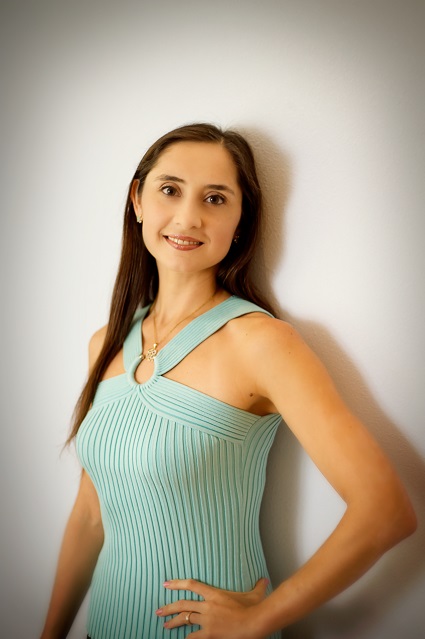 ined and certified by Joseph Pilates’ protégé, Romana Kryzanowska, Christina Maria Gadar has been teaching Pilates in her Sarasota, Florida studio since 2000. She is the author of Pilates: An Interactive Workbook, Discovering Joe Pilates, Pilates for Children, Pilates: An Interactive Workbook, Wunda Chair Edition and Pre-Pilates and Beyond: The Lesser-Known Exercises of the Pilates Method (all available at Amazon). In addition to teaching and writing about Pilates, Christina is an international presenter.
ined and certified by Joseph Pilates’ protégé, Romana Kryzanowska, Christina Maria Gadar has been teaching Pilates in her Sarasota, Florida studio since 2000. She is the author of Pilates: An Interactive Workbook, Discovering Joe Pilates, Pilates for Children, Pilates: An Interactive Workbook, Wunda Chair Edition and Pre-Pilates and Beyond: The Lesser-Known Exercises of the Pilates Method (all available at Amazon). In addition to teaching and writing about Pilates, Christina is an international presenter.
